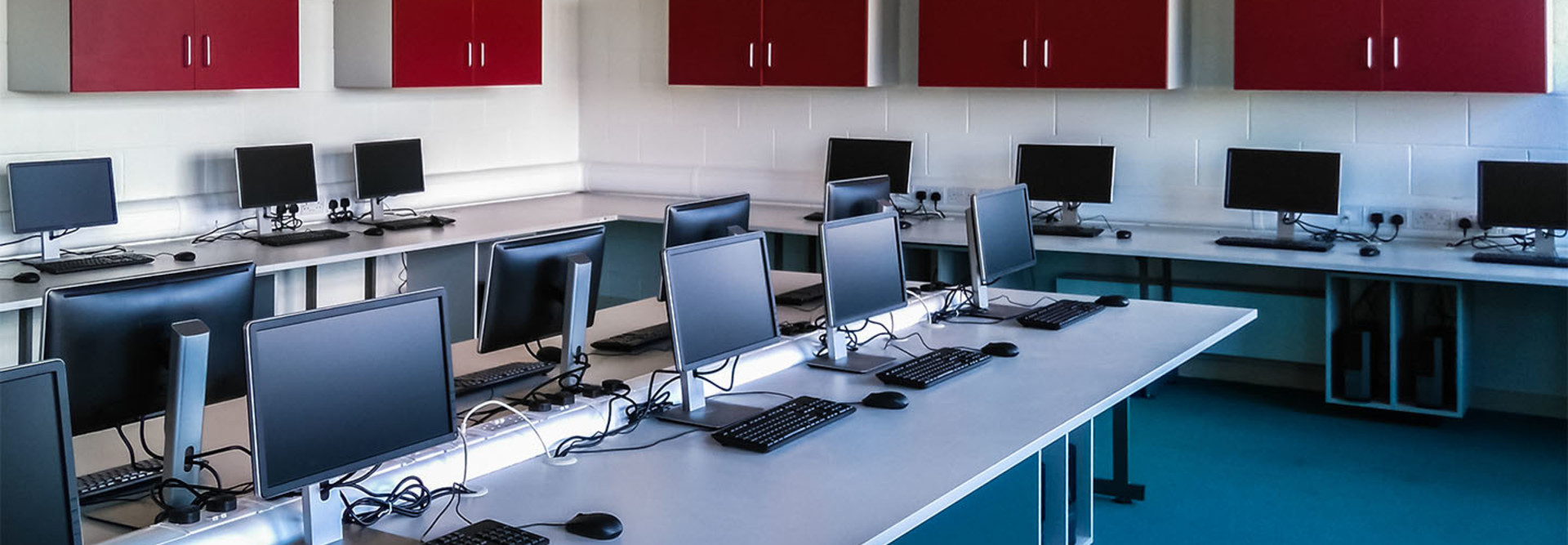CUE 2018: How IT Departments Can Minimize Downtime and Maximize Education
When technology fails in the classroom, it takes away from valuable instructional time and hinders student learning. Rather than instructors pointing fingers at IT staff (or vice versa), Antwon Lincoln, instructional technology coordinator at Chula Vista Elementary School District, says that collaboration and communication are the keys to success.
Lincoln and Nancy Greene, a technology support specialist in the district, discussed Chula Vista’s journey in a session at the Spring CUE 2018 conference.
SIGN UP: Get more news from the EdTech newsletter in your inbox every two weeks!
How to Marry IT and Instructional Technology
In California, technology improvements at schools have largely been driven by the Smarter Balanced Assessment Consortium’s online standardized tests.
“Before SBAC, we had three computers per classroom, one computer lab in each school and all teachers had one computer,” said Greene.
All in all, Chula Vista Elementary School District only had 7,000 devices to manage before the advent of SBAC testing. That number jumped to 27,000 devices after online testing started. And while the district hired more IT staff to deal with burgeoning infrastructure demands, the number of techs onsite at schools remained the same.
“All of a sudden, they went from supporting devices to supporting assessment,” said Lincoln
So, when leaders at Chula Vista Elementary School District took a Future Ready Schools assessment to see if they were prepared to support 21st-century learning, Lincoln said they found a disparity between the IT department and the classroom.
While the IT department was solid on network infrastructure management and device maintenance and replacement, it wasn’t providing adequate and responsive support to teachers. As a result, the district struggled with personalized learning and overall technology integration, Lincoln said
Both Lincoln and Greene pointed to a disconnect between the onsite IT staff, who were focused on instructional technology and the needs of educators, and the district IT staff, who were tasked with ensuring that networks stayed up and running, as the reason for the disparity.
To solve the problem, Chula Vista created a technology support committee to facilitate teamwork and communication between the various wings of the technology staff, using an Office 365 cloud channel for sharing information.
Also, the onsite tech staff was given proper training to deal with technology glitches that could slow classroom productivity.
“IT really has the power to minimize downtime and maximize instruction,” said Lincoln.
Keep track of EdTech's coverage of CUE 2018 by bookmarking our conference page.









